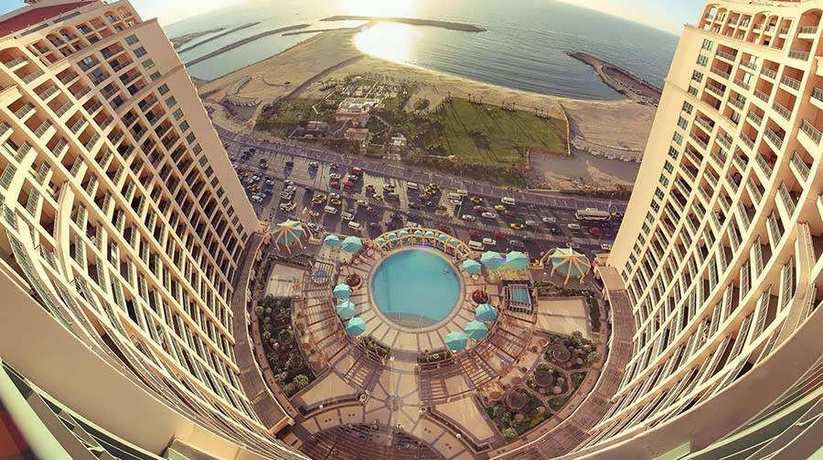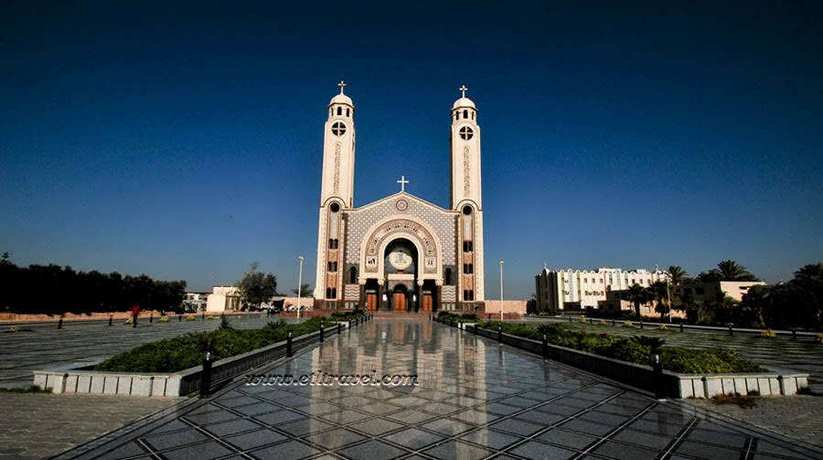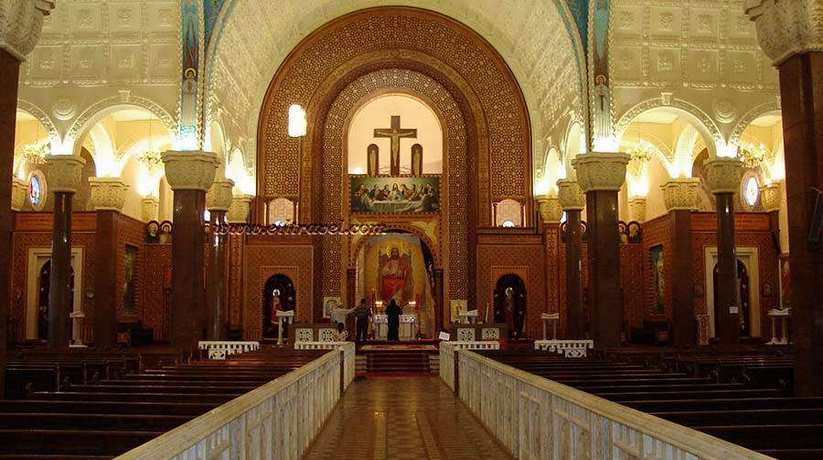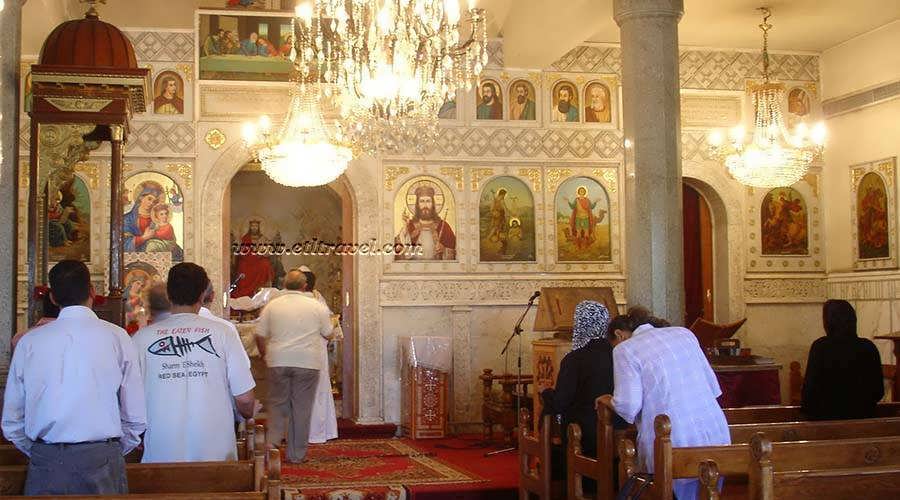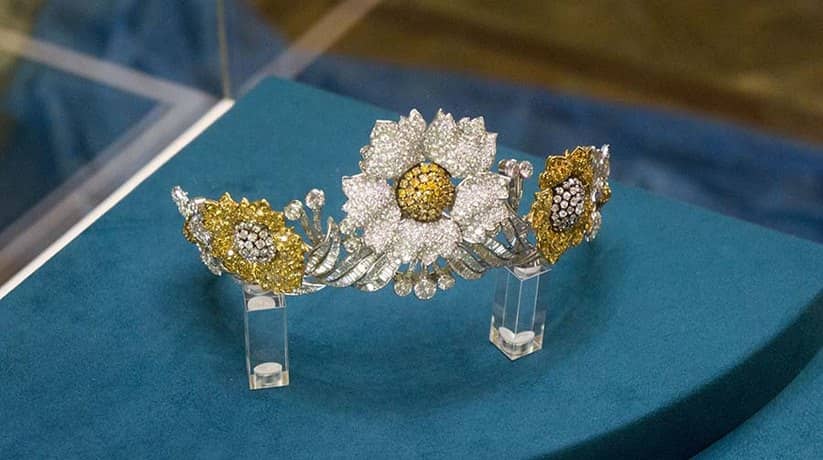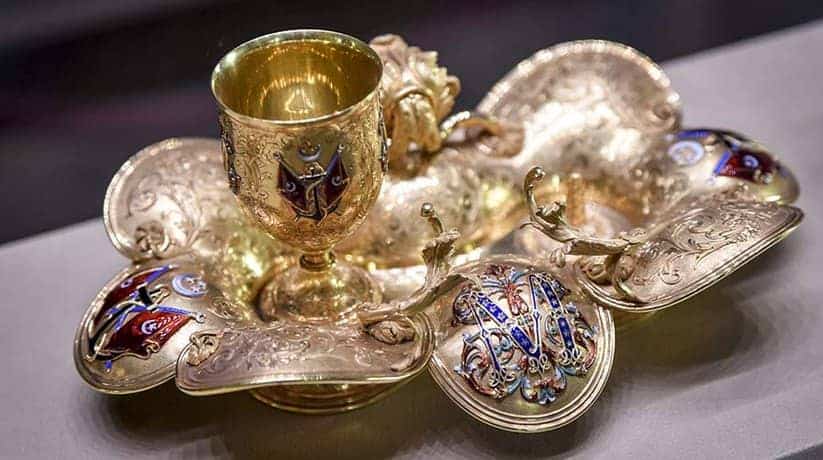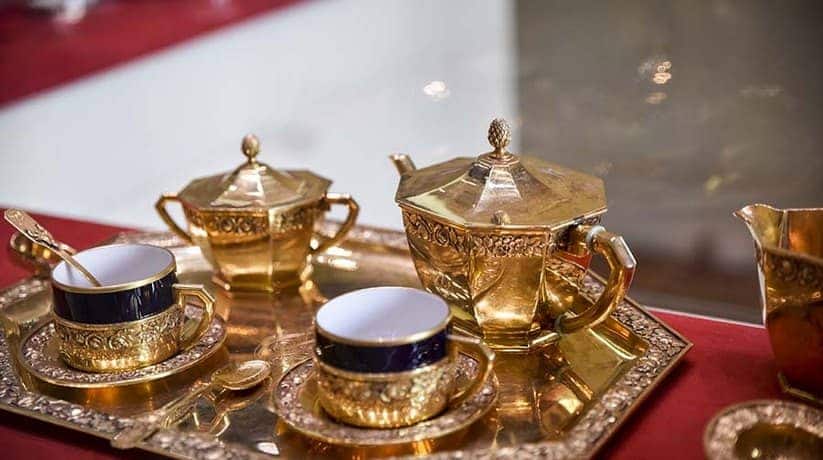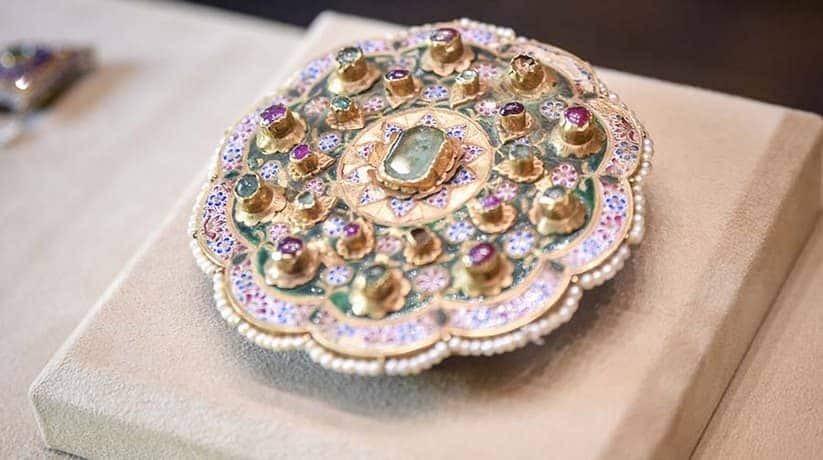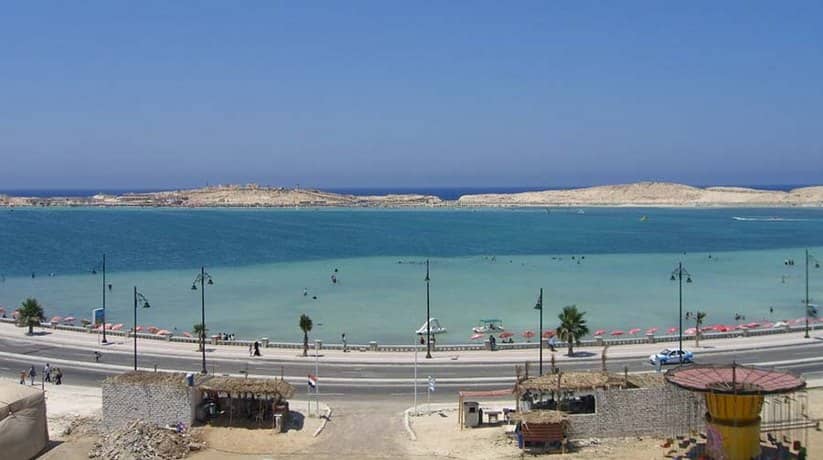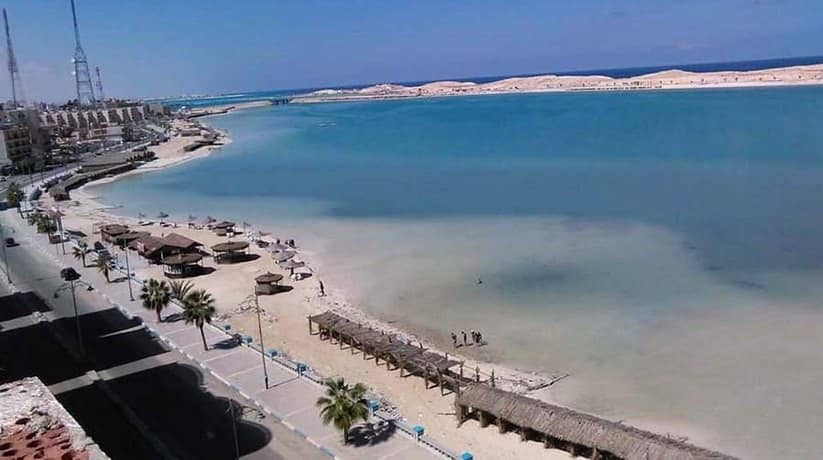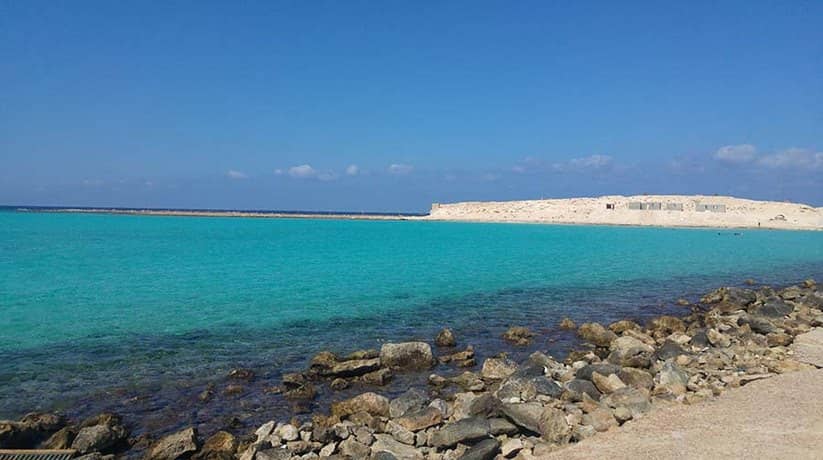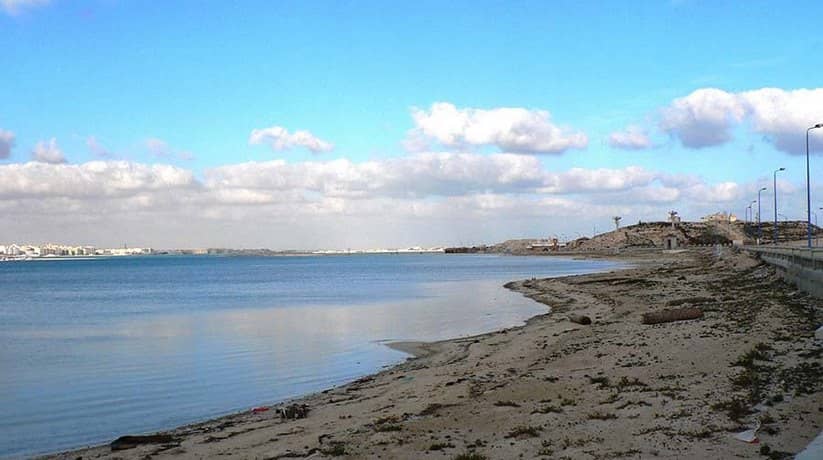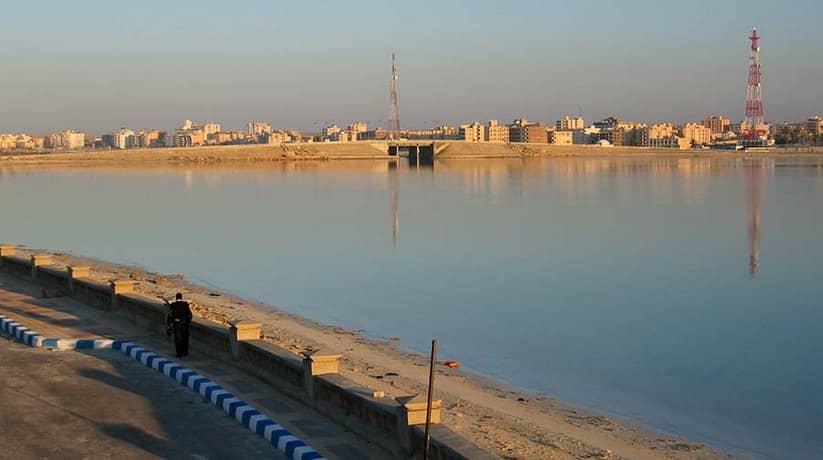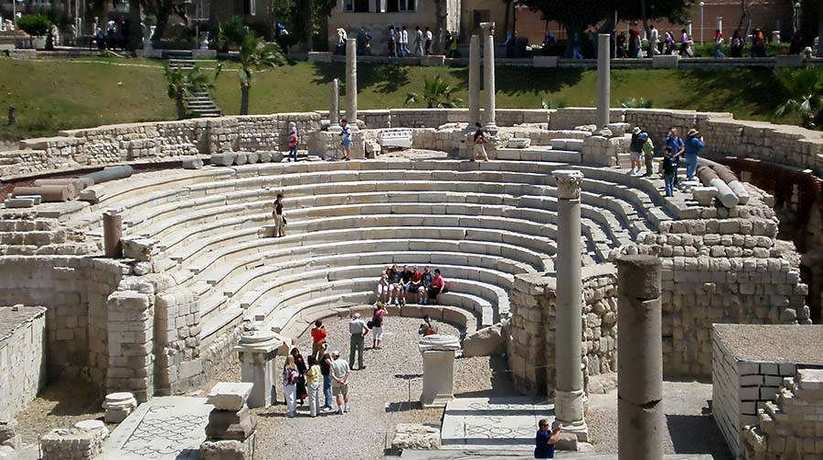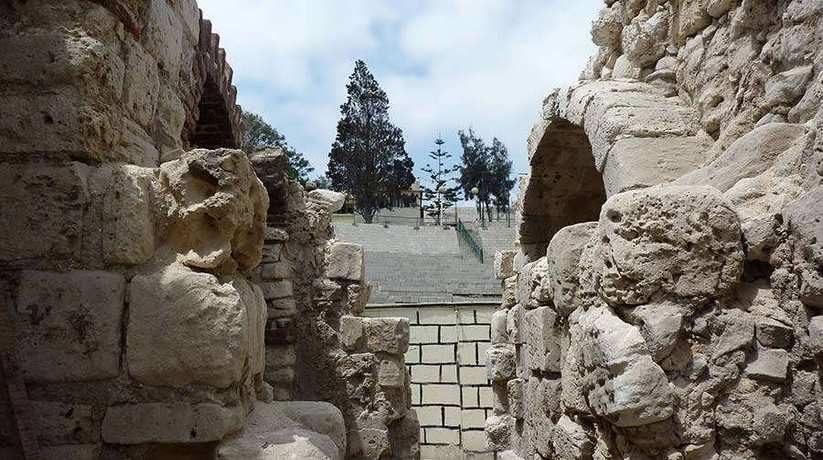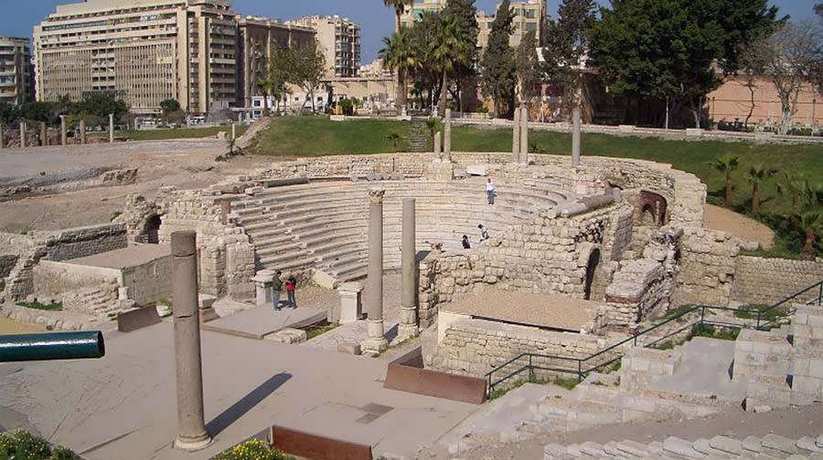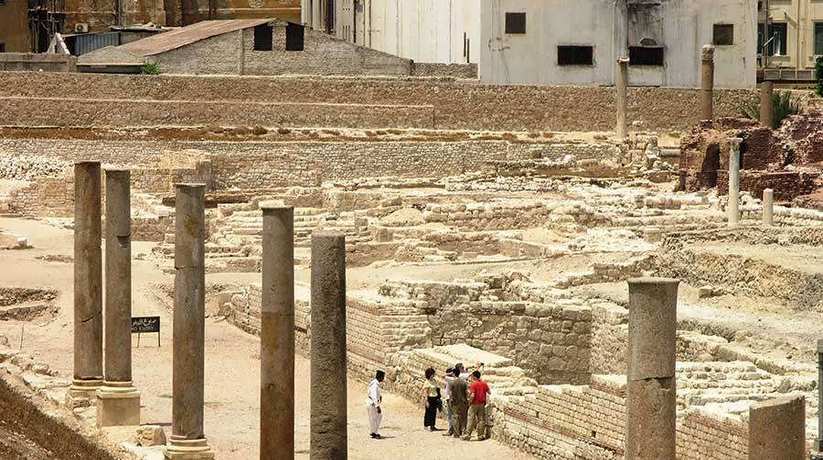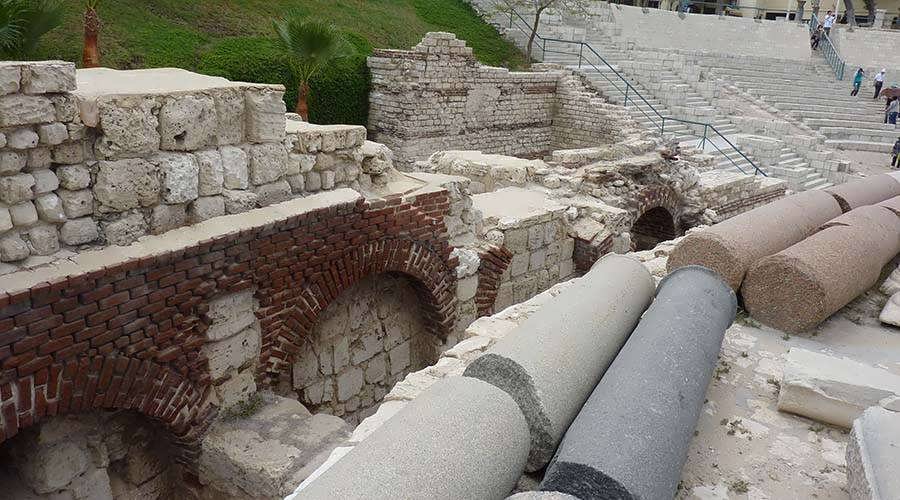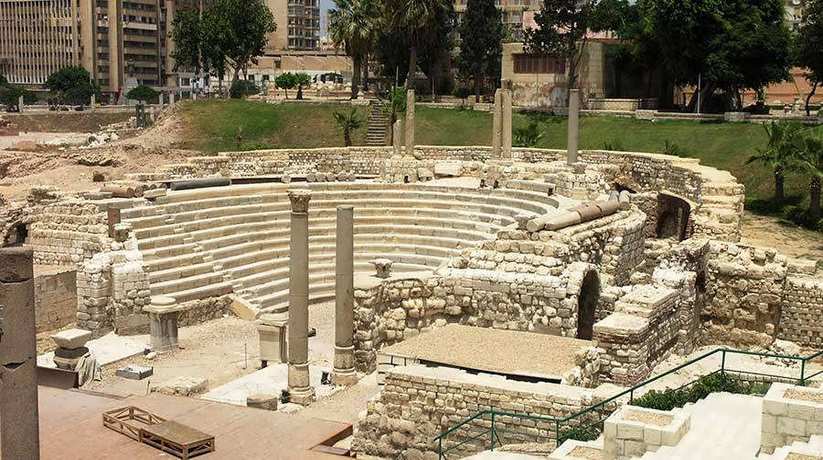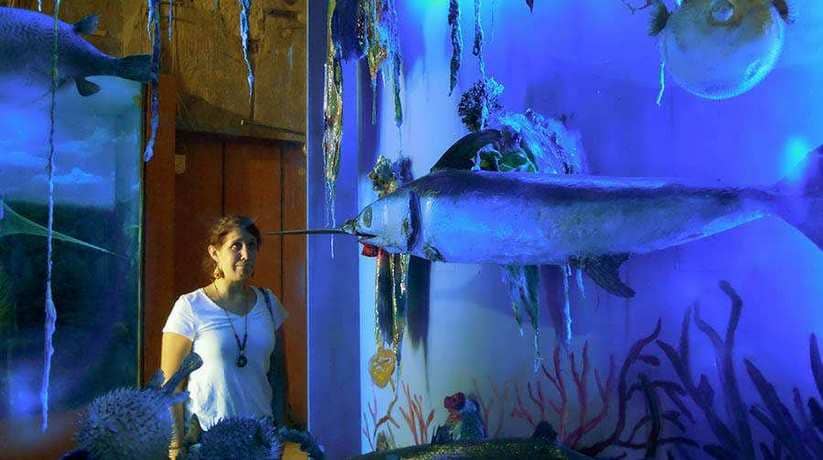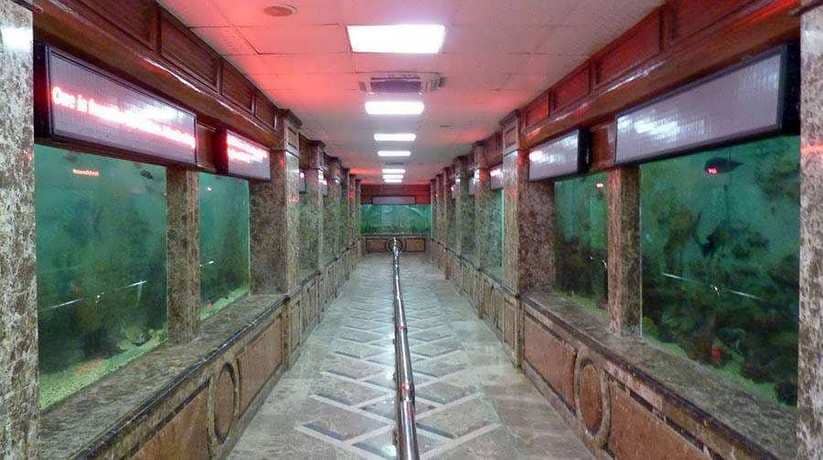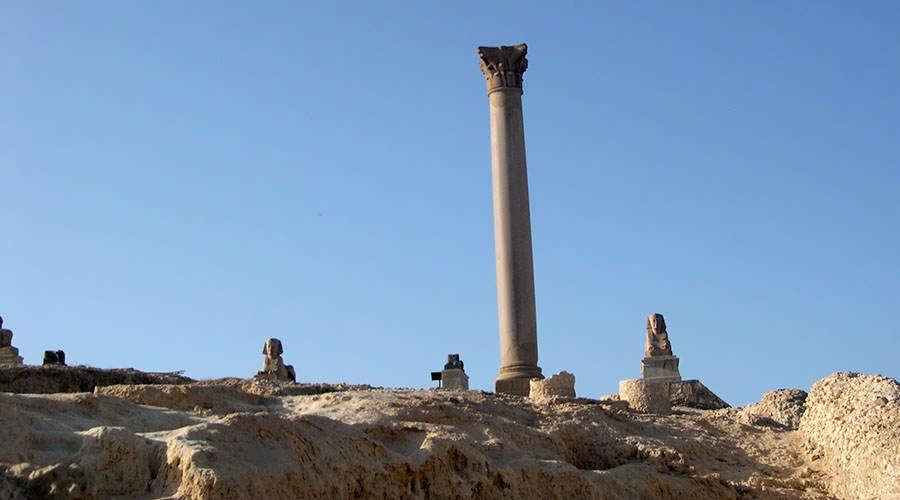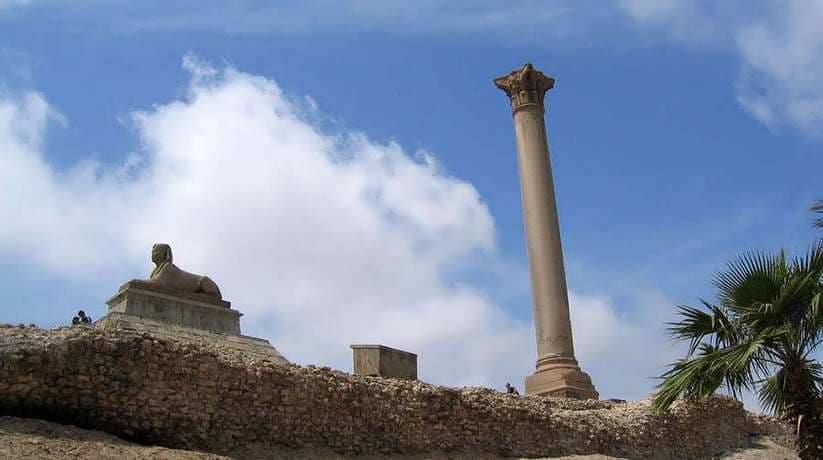Royal Jewelry Museum Alexandria Egypt tours, prices, booking
Royal Jewelry Museum Alexandria located in the neighborhood of Zizenia in Alexandria city. In fact, the Royal Jewelry Museum indeed is one of the largest Museums in Egypt. Moreover, it has a surface area of around 4185 meters. In fact, the Museum hosts the most valuable displays. They include the jewelry and the ornaments which queens and princesses of the last royal family of Egypt wore. Moreover, the building of the museum itself is truly marvelous. In fact, it housed in the palace of Princess Fatema El Zahraa. It indeed is a rare piece of architectural art that constructed in the 19th century.
Some of the displays of the museum date back to the period of Mohamed Ali Pasha. It was when became the Khedive of Egypt in 1805. He took control of the country making it independent from the Ottoman rule. Moreover, he established a dynasty that ruled Egypt for 147 years. The grandson of Mohamed Ali, Khedive Ismail wanted to make Egypt a part of the modernity of Europe. This is why Khedive Ismail added electric lamps to the street of Egypt. Khedive Ismail hired the most skillful Egyptian and foreign artists to create the golden jewelry of the royal family. He also did for the antiques that used to decorate their houses and palaces. In fact, Khedive Ismail ruled Egypt from 1863 till 1879,
Further details about Royal Jewelry Museum Alexandria:
This is the main reason why most of the displays of the museum date back to his ruling period. After the Egyptian revolution of the year 1952, all the royal jewelry expropriated. They remained in the governmental stores for a long period of time. The committee which specified to establish the Royal Jewelry Museum Alexandria attracted to the Palace of Princess Fatema El Zahraa. Fatema was the daughter of Prince Haidar Fadel, the son of Prince Mustafa Fadel, the brother of Khedive Ismail. The palace of Princess Fatema El Zahraa constructed in the period between 1919 and 1923. This palace is considered to be a piece of European architectural art in itself. It built by French, Italian, and Belgium architects and artists.
The palace erected following the school of Michael Angelo using the calm style of coloring and decorations. The Palace of Fatema Al Zahraa constructed over a surface area of 4185 square meters. The palace consists of two large suits. The Eastern Suite has two halls and a gallery. The gallery with a bronze statue of a boy in the center of it. The walls of this suit have rich colored windows decorations all over it. The Western Suit consists of two floors. Each has four large halls with three bathrooms. Bathrooms coated with decorative colored ceramics. An elegant foyer connects between the two suits of the palace. It featured with ten glass frames in the shape of ten doors with drawings. They represent European historical scenes and legendary stories like Romeo and Juliet.
More details about Royal Jewelry Museum in Alexandria:
The windows of Fatema Al Zahraa palace decorated with colored glass. The grounds of the palace coated with the finest types of wood. The wood imported from Turkey and other European countries. The Palace of Fatema Al Zahraa was the perfect choice to host the valuable displays of Royal Museum. After the revolution of 1952, the Egyptian government has captured the palace from Princess Fatema Al Zahraa. It transformed to become the lounge of the president of Egypt before it opened as the Royal Jewelry Museum Alexandria.
The Royal Jewelry Museum has more than 11 thousand displays include the collection of Prince Mohamed Ali Tawfik. This collection consists of 12 cups made out of bronze and gold. It also includes 2753 lobes of precious stones and diamonds. It also includes a money bag made out of gold and other valuable precious stones. The priceless collection of Prince Mohamed Ali Tawfik has the marvelous Sultan pocket watch. It made out of pure gold and precious stones. The collection also include and many of glass cups decorated with 977 lobes of diamonds.
Further details about Royal Jewelry Museum in Alexandria:
Royal Jewelry Museum also displays the collection that dates back to the ruling period of Saeed Pasha. It contains some golden clocks and watches. Moreover, it also include Turkish, Egyptian and European insignia decorated with gold and diamonds. It also includes 4000 Roman, Persian, Byzantine, and Coptic coins. The most impressive exhibits of the museum is the snuffing box of Mohammad Ali. He is the founder of the Royal Family in Egypt. The collection includes ornamented with diamonds. It also includes his set of chess and his monumental sword.
The sword that created in the shape of a snake. It decorated with 600 diamonds gathered from the collections of many princesses of the Royal Family. The walls of the Royal Jewelry Museum Alexandria have some magnificent painted portraits. They are of Khedive Ismail, his wives, sons, and daughters. All put in pure golden frames. The collection of King Farouk featured with the extensive use of diamonds. The first piece of this collection was the sistrum. In fact, he used it when he was a baby to call his servants. This sistrum made in the shape of a royal crown. It made out of palatine, diamonds, emeralds, rubies and small pieces of gold.
More details about Museum of Royal Jewelry Alexandria:
The Museum has also a collection of King Farouk. It contains his personal stick that made of ebony and gold. It also contains a magnificent set of cups decorated with gold and sapphire. Each cup having 229 pieces of sapphire and 29 pieces of diamonds. The whole section in the Royal Jewelry Museum Alexandria specified to display the gifts to King Farouk. This collection also includes the tea set given to the king and his wife. It given to them on their wedding day by the Pashas of Egypt. This is besides to a plate made out of agate that given to King Farouk by the Czar of Russia.
One of the most startling displays in the Royal Jewelry Museum is the crown of Queen Shwikar. It is one of the largest and most beautiful crowns of the members of the royal family in Egypt. There is also the hall of the belongings of Queen Farida, the wife of King Farouk. It exhibits her crown that made out of gold and palatine and ornamented by 1506 pieces of diamonds. This is besides a large collection of diamonds, rubies, emeralds and corals.
Further details Royal Jewelry Museum in Alexandria:
Royal Jewelry Museum has also the collection of princess Fawzeya. She was the sister of King Farouk and the wife of the Shah of Iran, Mohammadd Reda Balhawy. The collection includes palatine ring where the name of the princess carved. It has also a belt that ornamented by 240 pieces of diamonds. The museum includes many other displays that include a large royal clock. The royal clock decorated with diamonds and has the shape of an elephant made out of ivory and sapphire. In fact, the museum displays many golden and palatine chest pins. It also displays large number of the personal belongings of the Royal Family members of Egypt.
A section of the Royal Jewelry Museum dedicated to the antiques and gifts. These antiques and gifts given to the Royal Family. It includes the famous plate of Queen Eugenie that given to Khedive Ismail in the opening of the Suez Canal. The estimated price is around 15 million pounds. It ornamented with diamonds, sapphires, and emerald. The museum has undergone a long restoration. The renovation period took long time and reopened in the year 2010.
More details Royal Jewelry Museum in Alexandria:
Many services and facilities added to the museum. They include central air conditioning and a library. The museum also includes a cafe, a seminar hall, and a restoration laboratory. There is security alarm system in the museum to protect it against thrifts and fire. It has also surveillance cameras. The renovation cost of the Museum is more than nine million dollars. In April 2010 Suzanne Mubarak, officially reopened the museum for public visits.
Nearby attractions Information, tours and Online Booking
More of Egypt attractions





